On August 21, many were looking to the sky (wearing special glasses) hoping to catch a glimpse of the first solar eclipse to cross the United States in totality in 99 years.
But while eyes were up, fingers were down, tweeting about #Eclipse2017.
We at Agility PR Solutions took this opportunity to demonstrate how social media analytics can be used to track event coverage. Using our tools, we tracked the “when” and “where” of eclipse tweets.
You may be thinking, why track the “when” if we know the event happened on the August 21. And, as you would expect, most eclipse tweets did occur on the day of the event.
Yet, advanced analytics can provide more detail into how coverage developed throughout the day.
Our analysis of the eclipse coverage shows that tweets started to pick up around 7 a.m. (all times EST). Tweets reached their maximum around 2 p.m., when the eclipse was viewable from eastern North America.
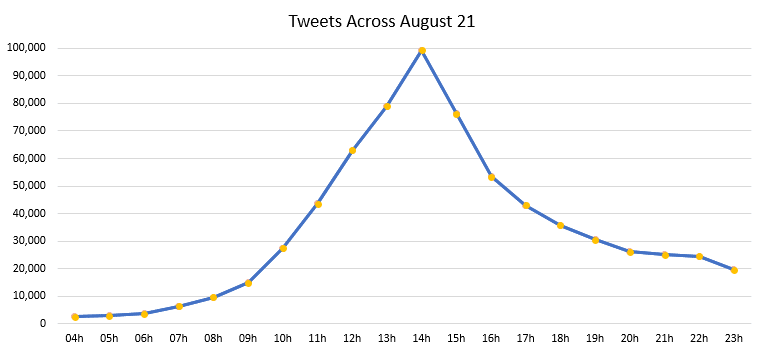
Tracking event coverage on an hourly basis – whether your event is planned or unplanned – can provide more insight into the event, and help you determine what part of it generated the most excitement. Alternatively, if the event is a crisis, it can help identify when critical coverage began and what the cause was.
So how about the “where” of coverage? For brands that operate across borders and around the world, knowing the origin of relevant social chatter is invaluable. When an event, such as the solar eclipse, spans multiple regions, we can narrow down where coverage occurred and what drove coverage in these areas.
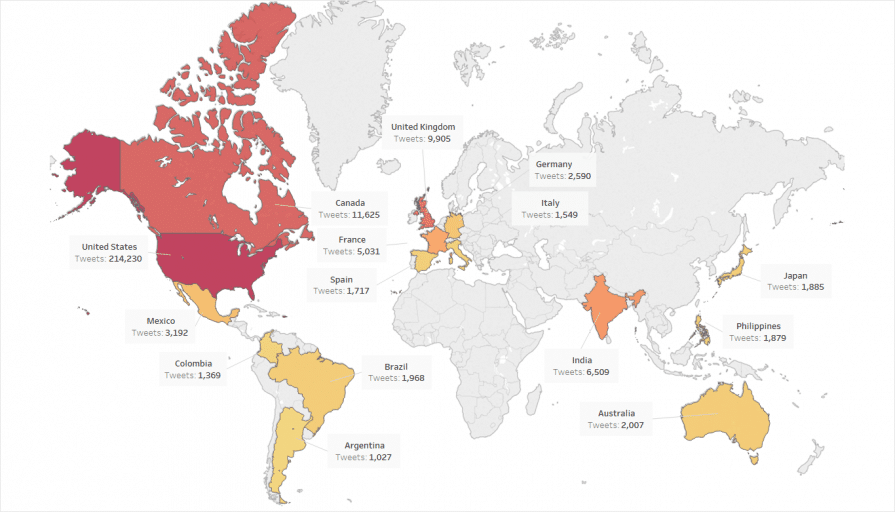
Solar eclipse coverage was concentrated in North America with the majority coming from the eastern regions. Looking more closely, we can see below that the United States produced the most tweets during the event, followed by Canada and the U.K.
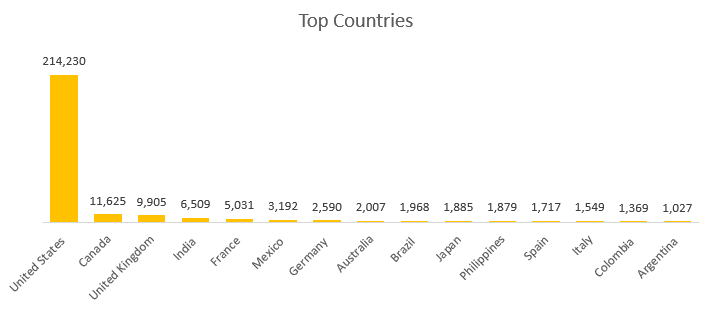
PSA: don’t look directly at the sun during the solar eclipse because it might get nervous and mess up
— alex (@SoHelpMeAlex) August 21, 2017
This joke about the solar eclipse was the top performer in the United States, being retweeted 776 times on the day of the eclipse.
Australia, on the other hand, was more interested in Hostess’s marketing around the event, generating 519 retweets of the following message:
Hostess has declared Golden CupCakes the official snack cake of the eclipse. #SolarEclipse2017 pic.twitter.com/dnCJx0yqPr
— Hostess Snacks (@Hostess_Snacks) August 21, 2017
In terms of origin, we can go even further in narrowing this down to see which states or cities generated the most Twitter content.
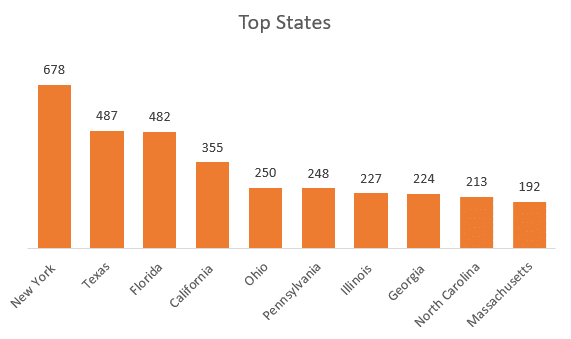
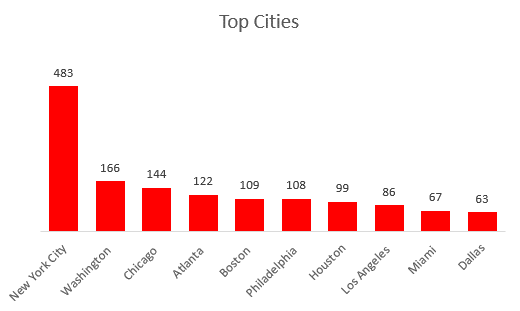
Solar eclipse gives NASA a rare opportunity to study Mercury https://t.co/6kiwkfBNKL #charlesmilander pic.twitter.com/SPxBXwJpeT
— Charles Milander (@charlesmilander) August 21, 2017
This tweet was retweeted 46 times across the state of New York, with most tweets coming from New York City.
With advanced social media analytics, you can delve further into the “where” and “when” of coverage, to learn not only who is saying what about your brand, but why.
If you can pinpoint social chatter, you can attribute it to a distinct cause, and understand the genesis of the conversation. Imagine what you could do with that knowledge.



